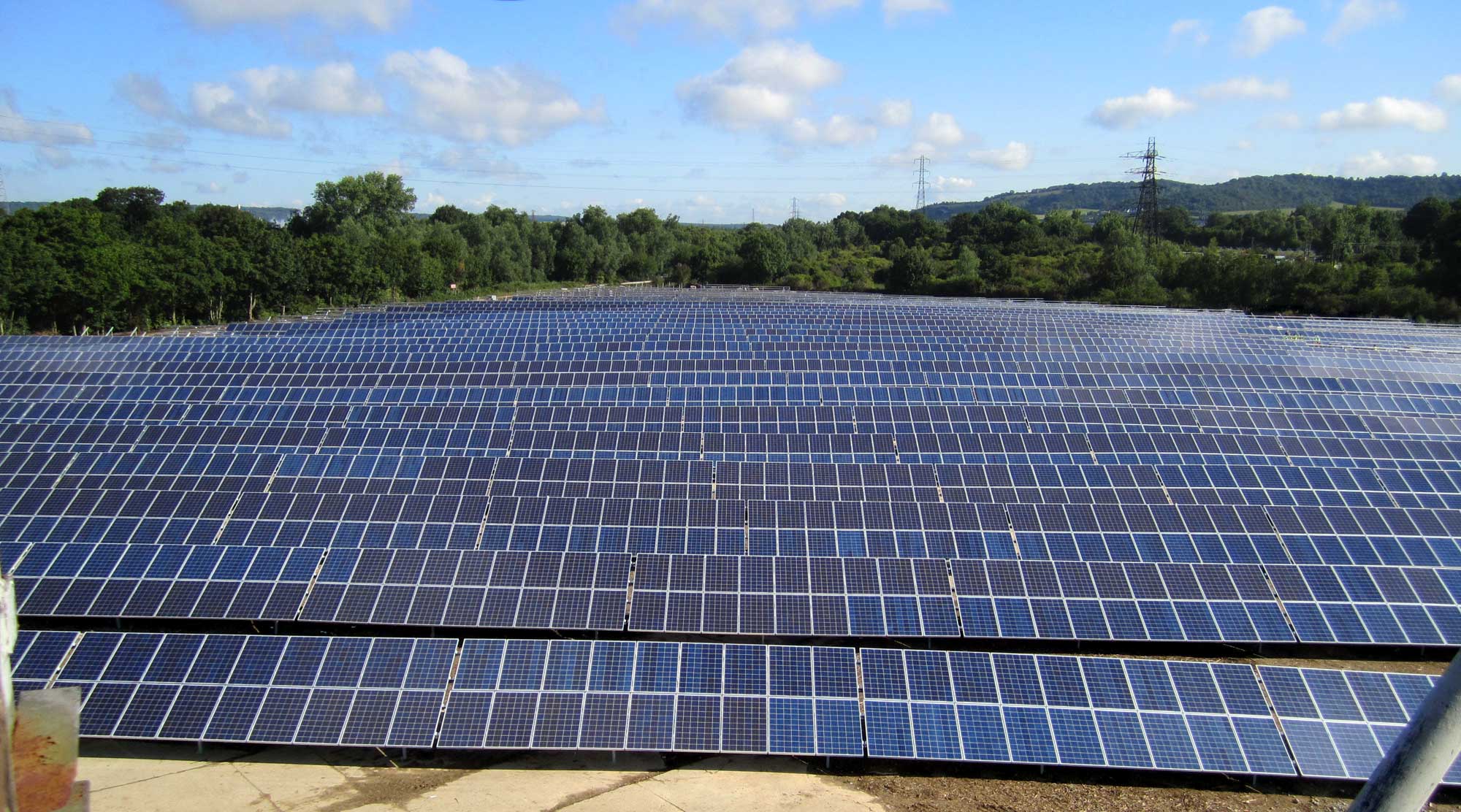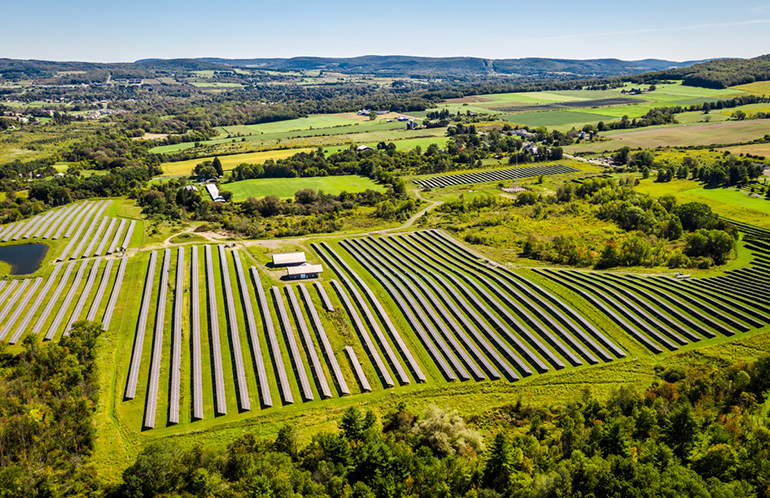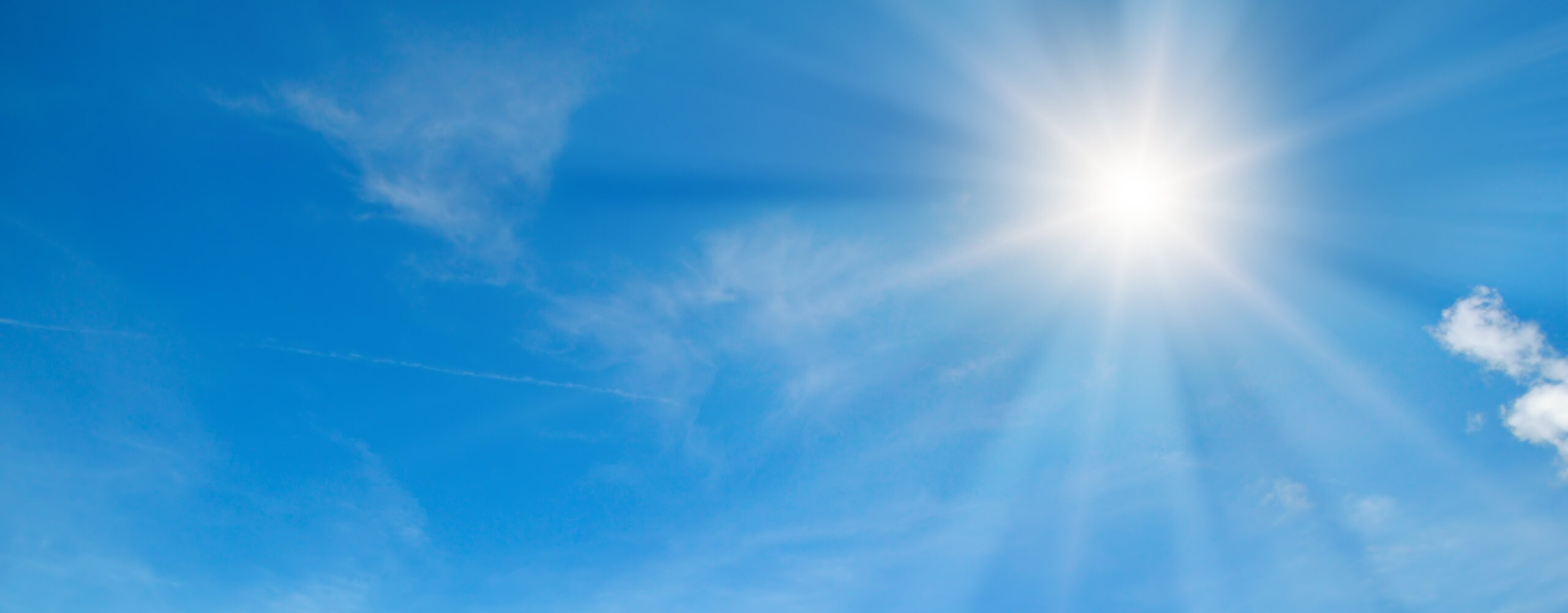In the pursuit of sustainable energy solutions, solar power emerges as a beacon of promise. As technological advancements persist, two predominant categories of solar systems have surfaced: fixed tilt solar systems and tracker systems. Each category presents distinct advantages and considerations, rendering the selection between them a pivotal decision for solar energy investors. Let us explore the differentiating factors of these systems, accompanied by their respective metrics and merits.
Fixed tilt solar systems, as the name suggests, are stationary and set at a fixed angle relative to the ground. This angle is typically optimized based on the maximal energy production as well as the total installed capacity = Here are some key characteristics and benefits of fixed tilt solar systems:
- Simplicity and Reliability: Fixed tilt systems are relatively simple in design, with no moving parts. This translates to lower maintenance requirements and higher reliability over time.
- Lower Initial Cost: Compared to tracker systems, fixed tilt systems generally have lower CAPEX & OPEX. This makes them an attractive option for projects with budget constraints, however they have a lower yield compared to Single-Axis Tracker systems.
- Ease of Installation: Installation of fixed tilt systems is straightforward since there are no moving components to assemble or calibrate. This can lead to shorter installation times and reduced labor costs.
- Higher Ground Coverage Ratio: Fixed Tilt systems can be designed with a higher Ground Coverage Ratio than Single Axis Trackers, therefore enabling more total installed capacity.
Conversely, tracker systems integrate mechanisms enabling solar panels to dynamically track the sun’s trajectory throughout the day, optimizing exposure to sunlight. Some of the characteristics and benefits for tracker systems include:
- Smart Algorithms: Tracker Systems include smart algorithms such as backtracking to avoid Row-to-Row shading and improve the tracking-behavior
- Increased Energy Production: By continuously adjusting the orientation of solar panels to face the sun, tracker systems can significantly increase energy production compared to fixed tilt systems. This is especially true in regions with high solar insolation or during seasons with varying sun angles.
- Maximized Efficiency: Tracker systems can capture more sunlight throughout the day, leading to higher overall energy yields. This increased efficiency can result in improved return on investment (ROI) over the lifespan of the system.
- Adaptability to Variable Conditions: Tracker systems can adapt to changing weather conditions and seasonal variations in the sun’s path, ensuring optimal energy generation year-round. This flexibility makes them ideal for locations with dynamic weather patterns or where solar irradiance levels fluctuate.
- Optimized Performance in Morning and Evening Hours: Unlike fixed tilt systems, which are optimized for a specific angle, tracker systems can tilt panels to capture sunlight more effectively during the morning and evening hours when the sun is closer to the horizon. This is an interesting feature when it comes to Time-of-Day compensation schemes where higher amounts are paid for energy in corresponding time windows.
When evaluating the viability of solar energy systems, understanding the real-world statistics and benefits is paramount. In this era of sustainable energy solutions, harnessing solar power effectively is not just a matter of environmental stewardship but also economic sense. Delving into the empirical data and tangible advantages of both fixed tilt and tracker systems provides crucial insights for investors, policymakers, and consumers alike. By examining the statistics and real-world benefits, we can unravel the potential of solar energy to reshape our energy landscape while delivering tangible returns on investment and environmental dividends.
- Energy Production Increase: Studies have shown that tracker systems can boost energy production by up to 25-35% compared to fixed tilt systems, depending on factors such as location, tracking technology, and system design.
- Return on Investment (ROI): While tracker systems typically have higher upfront costs than fixed tilt systems, their superior energy production can lead to faster payback periods and higher long-term returns on investment, especially in regions with favorable solar conditions.
- Environmental Impact: Both fixed tilt and tracker systems offer significant environmental benefits by reducing reliance on fossil fuels and mitigating greenhouse gas emissions. However, tracker systems’ higher energy production per unit of installed capacity can further amplify these environmental benefits over their operational lifespan.
In conclusion, both fixed tilt and tracker systems have their place in the solar energy landscape, each offering distinct advantages depending on project requirements and budget considerations. Fixed tilt systems provide simplicity, reliability, and lower upfront costs, making them suitable for large-scale deployments with fixed budgets. Tracker systems, on the other hand, excel in maximizing energy production, efficiency, and adaptability to variable conditions, making them ideal for projects where maximizing output and ROI are paramount. Ultimately, the choice between fixed tilt and tracker systems should be guided by careful consideration of site-specific factors, energy goals, and financial objectives.


